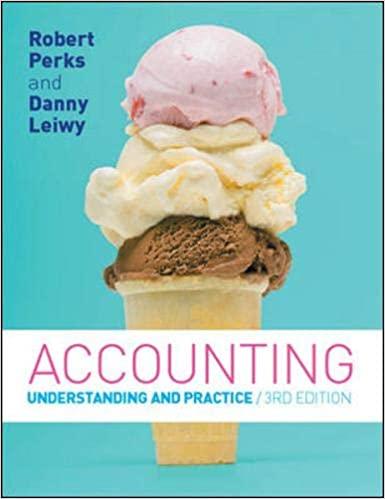Question
Question 1 Mandy, a single 29 year old, has an AGI of $50,000. She is eligible to defer to her 401(k) plan, but she has
Question 1
Mandy, a single 29 year old, has an AGI of $50,000. She is eligible to defer to her 401(k) plan, but she has not deferred any compensation to the 401(k) plan for the current year. However, she did receive a qualified matching contribution of $200. Her maximum deductible contribution to an IRA for this year (2018) is $5,500.
Question 1 options:
| a) True | |
| b) False |
Question 2 (1 point)
An individual is considered an active participant in a defined contribution plan if the individual receives a qualified nonelective contribution from the plan sponsor so that the plan sponsor can meet the required ADP test. The individual need not make or receive any other allocations to the qualified plan for the year.
Question 2 options:
| a) True | |
| b) False |
Question 3 (1 point)
Robbie had been an active participant in a qualified plan for four years. His AGI exceeded the thresholds to make deductible IRA contributions for those years, but Robbie continued to make nondeductible IRA contributions totaling $9,000 (these were the only nondeductible contributions to the IRA - all other contributions were pre-tax). If Robbie were to take a distribution of $10,000 from his IRA, valued at $100,000, $900 would not be subjected to ordinary income tax.
Question 3 options:
| a) True | |
| b) False |
Question 4 (1 point)
Eric, age 53, had the following items of income: Investment returns as a limited partner in a partnership of $1,200. Unemployment compensation of $350. Income from a law practice of $600. Deferred compensation from a former employer of $14,000. Alimony of $750 (divorce agreement was signed in 2016). Wages of $1,000. What is the maximum contribution Eric can make to an IRA in 2018?
Question 4 options:
| |||
| |||
| |||
|
Question 5 (1 point)
At the age of 57, James converted his traditional IRA, valued at $45,000, to a Roth IRA. At age 60, James took a distribution from this Roth IRA of $100,000 to buy a new car for his daughter for college. Which of the following statements is true with regards to the distribution from the Roth IRA?
Question 5 options:
| |||
| |||
| |||
|
Step by Step Solution
There are 3 Steps involved in it
Step: 1

Get Instant Access to Expert-Tailored Solutions
See step-by-step solutions with expert insights and AI powered tools for academic success
Step: 2

Step: 3

Ace Your Homework with AI
Get the answers you need in no time with our AI-driven, step-by-step assistance
Get Started


